It can be fun to breed your own zinnias - Part 43
zen_man
6 years ago
last modified: 6 years ago
Featured Answer
Sort by:Oldest
Comments (106)
zen_man
6 years agolast modified: 6 years agoHelene
6 years agoRelated Discussions
It can be fun to breed your own zinnias - Part 34
Comments (115)Hi Alex, " How is the indoor garden going, ZM? Any especially outstanding recombinants you have to share? " My indoor garden is just getting started. I have a few seedlings getting their first true leaves, but many are just in the cotyledon stage. My plantings so far have focused on getting F2 recombinants with the Extreme Uproll feature, and a few choice exotic specimens. My further indoor plantings will look forward to what I want to accomplish next year outdoors. Next year I intend to apply some lessons learned this year. For the last few years I have been planting standardized beds 4 feet wide with four rows spaced 16 inches apart.Those rows in that picture have been recently weeded. I don't like to stoop over to weed, and kneeling is not my favorite thing either, Although sometimes kneeling is necessary in some hand weeding situations. This last year I did as much weeding as I could from a seated position using a little adjustable chair.My son avoided a lot of weeding in his tomatoes and peppers by laying down landscape cloth. That seemed to work well for him, although he found that weeds could penetrate the cheaper grade of cloth. However the 15-year cloth cost a bit more, but worked well. He grew his tomatoes and peppers in cages. Next year he is considering the use of Cattle Panels for tomato support. I will continue to use small cages for my breeder zinnia specimens.I didn't consider the use of landscape cloth in my rows, because they are so close together. For next year I am considering omitting the middle two rows and just have two rows 4 feet apart. That might make landscape cloth feasible for me, and even if I don't use the cloth, I will have better accessibility for weeding the two-row beds with 4 feet between the rows. My strategy for now is to flesh out my plans for next year's zinnia garden (including what kinds of zinnias to grow) and then use my indoor project to supply the seeds to support those plans. Your Sunflower Path and House look very inviting. Wider might be better. It looks like you have a good variety of tall sunflowers. More later. ZM...See MoreIt can be fun to breed your own zinnias - Part 47
Comments (115)Hi Four, This is an older message thread (Part 47, while Part 51 is current) but I will respond anyway. Yes, in your B photo, the pollen florets are maturing and setting seeds and they probably no longer have nectar for butterflies, so you could could remove that bloom if feeding butterflies is your primary motivation. In your C photo it isn't crucial where on the stem you make the cut.. I would cut down lower on the stem because there isn't any significant advantage to leaving a lot of bare stem on your plant. If you want to make further comments, it would be better to add them to Part 51, which has only 21 comments, while this Part 47 now has well over 100 comments. ZM...See MoreIt can be fun to breed your own zinnias - Part 50
Comments (102)Hi Zen, I was just reading your comment. How can you tell that photos are posted from smart phones? Someone told me when they enlarge my photos they take up their whole screen. I use my phone. It's a lot more comfortable for me. It's a samsung galexy S9. Now my pictures are starting to look a little strange,, or could it be my imagination lol. I have a pic of my basement grow room setup. Not a stock photo lol. I felt bad about putting one on here, and by the time the light bulb went off to simply delete it, the statute of limitations had already ran out on it lol. I was hitting the superstores for some Zinnia seeds, and I found this years selection very depressing. Burpee has some nice cultivars in their catalog that aren't in the stores. I'm not a Burpee fan. I think I did order 2 packets of Gomphrena seeds from them. Theirs were the best deal all around. Hey, now that would be a great genus to experiment with! You could take those plants a lot of different directions. It's a shame some of your better hybrids aren't being sold! I have 5 packets of Zinnia seeds. They're not the ideal 5 that I wanted, but they'll have to do. Zowie Yellow Flame ,( for the hummers ), Pinwheel Mix, 'Forcast', Giant Flowered Mix, Dahlia Flowered Mix. Let me repeat myself once more; just to be perfectly clear! Not my 5 most desired varieties! I love them for their colors and because they're such great butterfly magnets. FYI, the 2 Gomphrena seeds I got are 'Carmine' and 'Fireworks'. Zen, I wanted to ask you, what's the product you use to control spider mights again? I had an issue in the past and really don't want it reoccurring.. It was because I had brought some plants in from outside and I didn't recognize they were infected, then I was detained and kept away from them for a while. By the time I got back to the plants.....yuck! Ninecrow, keep up the good work with those Poinsettias! I'd enjoy seeing pictures! The whole birthing process, everything. I think it's fascinating! I think the metal halide bulb drastically throws off the color. Plants that I'm starting down here. Gomphocarpus physocarpus, Gomphocarpus fruticosa, Gomphocarpus cancellatus, Dregea sinensis, Tweedia caerulea, Tweedia solanoides, Tithonia, Senna didymobata, Mimosa pudica, Salvia coccinea, and the middle tray has seedlings of Calotropis procera. Like I've talked about before; I'm very interested in all the plant species of the subfamily Asclepiadoideae. They are the most difficult to hand pollinate because they produce pollinaria. A lot of hand pollination and hybridization does occur with tropical members of the family that are more and more being grown as houseplants mainly. Well, maybe 50 inside 50 outside. If you are lucky enough too live in a hot arid climate or a hot wet climate you can grow a lot of the tropical ones. Here in Illinois, the best I can do is grow a few of the fast growing tropical ascleps as summer annuals....See MoreIt can be fun to breed your own zinnias - Part 52
Comments (109)Hello roxy, " The soil we have is not ideal ("podzolic") so I dug it out and added compost and garden soil to help encourage them along. " I was unfamiliar with "podzolic" soil, so referred to the Wikipedia article on Podzol soil A common misconception in Australia is that your plants don't need phosphorous and apparently your soils are deficient in phosphorous. The fact is that plants do need phosphorous, as well as many other things. Zinnias are easy to grow. They come up in only a few days and develop rapidly to produce first blooms in about 6 weeks. " Unfortunately there's not a lot of in-ground space back there so may end up planting in pots, which I've never done before. Any advice there? " Fill your containers with quality potting mix. Hopefully you have MiracleGro products available "down under". Their potting mix is a known thing and zinnias do well using MiracleGro Tomato food soluble nutrients. Hopefully your water supply is not harmful to plants. I apply a foliar feed using one tablespoon (or less--it is better to use too little than too much) of soluble MiracleGro Tomato Food per gallon of water. I use the Tomato Food formula because it has more Magnesium, which is a component of chlorophyll. I anticipate that we will continue this discussion, because there are quite a few issues with gardening in Australia. It's Fall here, so it is Spring for you. And your water swirls down the drain the wrong way (grin). ZM (not associated with any product or vendor mentioned or linked)...See Morezen_man
6 years agolast modified: 6 years agoHelene
6 years agosamhain10 - 5a
6 years agoHelene
6 years agozen_man
6 years agolast modified: 6 years agoHelene
6 years agozen_man
6 years agolast modified: 6 years agosamhain10 - 5a
6 years agosamhain10 - 5a
6 years agozen_man
6 years agolast modified: 6 years agosamhain10 - 5a
6 years agozen_man
6 years agozen_man
6 years agolast modified: 6 years agosamhain10 - 5a
6 years agozen_man
6 years agosamhain10 - 5a
6 years agozen_man
6 years agolast modified: 6 years agosamhain10 - 5a
6 years ago(Jay/Jax FL/Zone 9a)
6 years agolast modified: 6 years agobella rosa
6 years agozen_man
6 years agosamhain10 - 5a
6 years agosamhain10 - 5a
6 years agozen_man
6 years agozen_man
6 years agolast modified: 6 years agobella rosa
6 years agosamhain10 - 5a
6 years agobella rosa
6 years agoHelene
6 years agosamhain10 - 5a
6 years agozen_man
6 years agolast modified: 6 years agobella rosa
6 years agoHelene
6 years agobella rosa
6 years agosamhain10 - 5a
6 years agosamhain10 - 5a
6 years agoHelene
6 years agolast modified: 6 years agozen_man
6 years agolast modified: 6 years agoHelene
6 years agoninecrow
6 years agolast modified: 6 years agosamhain10 - 5a
6 years agozen_man
6 years agozen_man
6 years agolast modified: 6 years agoHelene
6 years agolast modified: 6 years agosamhain10 - 5a
6 years agosamhain10 - 5a
6 years agozen_man
6 years agozen_man
6 years ago
Related Stories
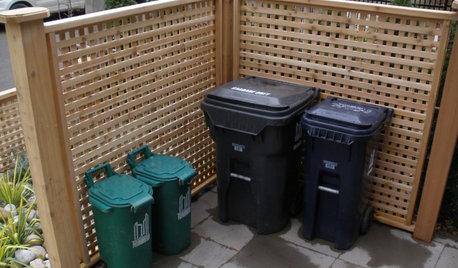
THE POLITE HOUSEThe Polite House: What Can I Do About My Neighbors’ Trash Cans?
If you’re tired of staring at unsightly garbage way before pickup day, it’s time to have some tough conversations
Full Story
PETSWhat Chihuahuas Can Teach Us About Interior Design
Who knew these tiny dogs could be such a huge fount of design tips? Houzzers did
Full Story
GARDENING FOR BUTTERFLIESA Quick-Start Guide to Bird-Watching for Fun and Learning
Set out some seed and grab your field guide. Bird-watching is an easy, entertaining and educational activity for the whole family
Full Story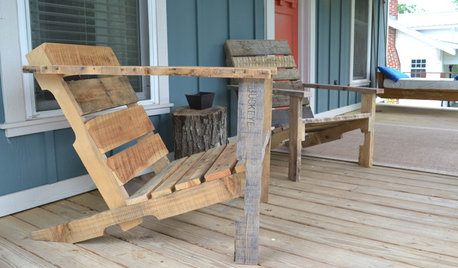
WOODWORKINGBuild Your Own Wooden Deck Chair From a Pallet — for $10!
Take the ecofriendly high road with a low-cost outdoor chair you make yourself
Full Story
INSPIRING GARDENSWhat We Can Learn From Longwood Gardens’ New Meadow
Sustainability, ecology, native plant communities ... this public garden is brimming with lessons on horticulture for home gardeners
Full Story
FARM YOUR YARDHello, Honey: Beekeeping Anywhere for Fun, Food and Good Deeds
We need pollinators, and they increasingly need us too. Here, why and how to be a bee friend
Full Story
DECLUTTERING10 Decluttering Projects You Can Do in 15 Minutes or Less
Try these ideas to get organized at home one small step at a time
Full Story
HOUZZ TVHouzz TV: This Dream Midcentury Home in a Forest Even Has Its Own Train
Original wood ceilings, a cool layout and, yes, a quarter-scale train persuaded these homeowners to take a chance on a run-down property
Full Story
PETS5 Finishes Pets and Kids Can’t Destroy — and 5 to Avoid
Save your sanity and your decorating budget by choosing materials and surfaces that can stand up to abuse
Full Story
PET PLACESPet of the Week: Meet Steve, 90 Pounds of Furry Fun
A designer’s Great Pyrenees, who’s grown substantially since his puppy days, is both a willing model and a couch potato
Full StorySponsored
Professional Remodelers in Franklin County Specializing Kitchen & Bath




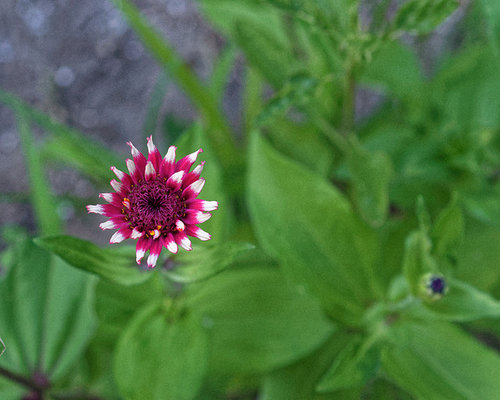







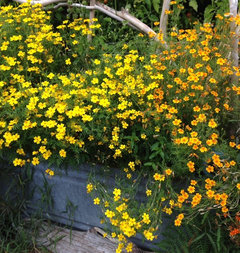







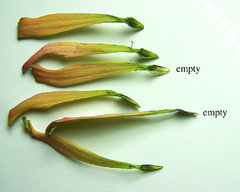





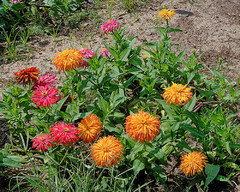

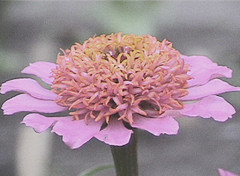



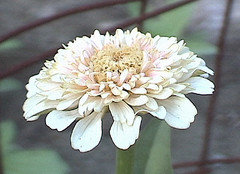

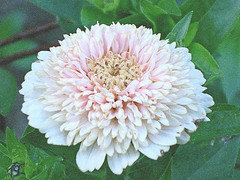
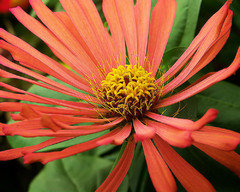


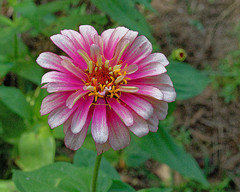
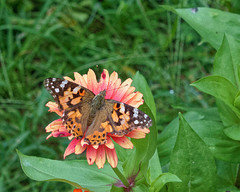

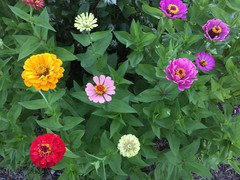
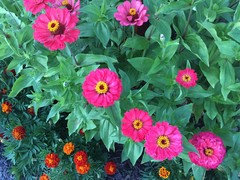

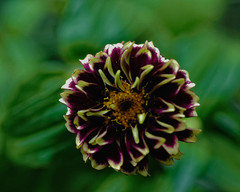

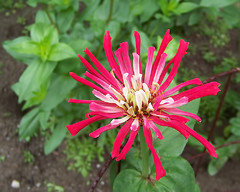
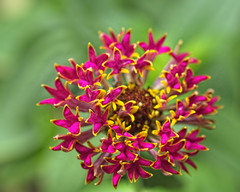





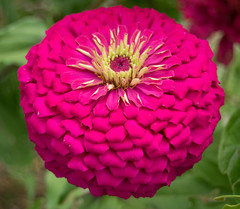



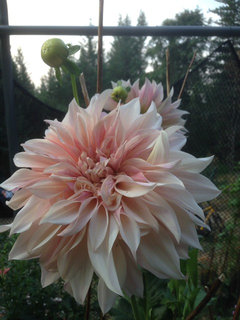




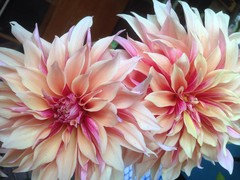



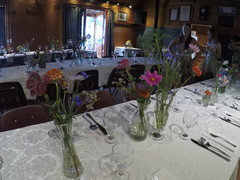

zen_manOriginal Author